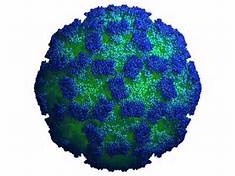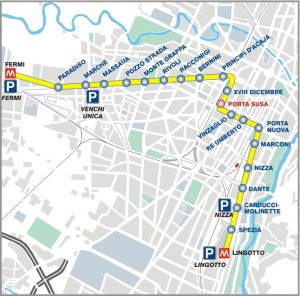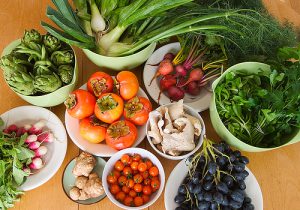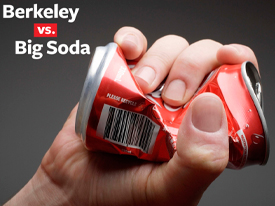In a well-timed article in the New York Times last month, Aaron Carroll discusses the implications SNAP restrictions can have on the obesity levels of its participants. Whether due to the higher costs of nutrient-dense food or other factors, obesity has been linked to food insecurity.2 This relates back to SNAP, as much of the concern surrounding restrictions for SNAP participants involves the stigma and embarrassment such a policy could cause. However, a strategy to encourage SNAP participants to eat healthier must be implemented in some way or another. Carroll looks at a recent study in which Harnack et al. evaluated the effects of incentive and restrictions on the obesity levels of SNAP participants. 279 low-income participants, who were not currently enrolled in SNAP, were utilized in this randomized control trial and placed into one of four different study groups. The first group, incentives, provided a 30% financial incentive for participants who purchased fruits and vegetables. The second group, restrictions, did not receive any incentives and were not allowed to purchase SSB’s, baked goods, or candy using their food benefits. The third group, incentives plus restrictions, were given the 30% financial incentive for fruits and vegetables but also had the same purchasing restriction as group two. Finally, group four was the control group, on which no incentives or restrictions were placed.3
With outcome measurements of energy intake, discretionary calories, and overall quality of diet, the researchers found that the third group (incentives plus restrictions) was significantly improved compared to the control group.3 However, although group three had reduced energy, discretionary calorie, and sugared food intake as well as increased fruit intake, the study did not have obesity as an outcome measurement. Carroll concludes that Harnack et al.’s study has found a solution to the link between obesity and SNAP participants; yet the study does not itself conclude that incentives and restrictions for a SNAP program will lead to a reduction in overall obesity.1 Yes, the participants eating habits became healthier, but this is only one contributing factor to obesity. Carroll does make a valid point however that although this study seems to demonstrate a strategy to improve the healthful diets of SNAP participants, actually instituting these polices is a long ways away.1 I also agree that Carroll makes a valid point by referencing the restrictions placed on other federal food benefit programs, such as WIC and the national school lunch program. If restrictions for healthy eating can be implemented with these programs, finding an agreeable solution for SNAP hopefully shouldn’t be so far off.
1Carroll, A. (2016, September 22). How Restricting Food Stamp Choices Can Fight Obesity. Retrieved October 23, 2016 from http://www.nytimes.com/2016/09/23/upshot/restrictions-on-food-stamp-purchases-can-improve-diets.html?_r=0.
2Dinour, L., Bergen, D., & Yeh, M. (2007, November). The Food Insecurity–Obesity Paradox: A Review of the … Retrieved October 23, 2016, from http://www.andjrnl.org/article/S0002-8223(07)01616-1/fulltext.
3Harnack, L., Oakes, JM., Elbel, B., et al. (2016, September 19). Effects of subsidies and prohibitions on nutrition in a food benefit program. JAMA Internal Medicine. Retrieved October 23, 2016 from http://jamanetwork.com/journals/jamainternalmedicine/article-abstract/2553293




 Once the clock strikes midnight (or in this case 6pm), all calories go straight to the waist, hips and thighs, right? Everyone has heard the mantra that eating after a certain time at night leads to greater weight gain, but is 6pm really a hard and fast rule? Danna Hunnes, Ronald Reagan UCLA Medical Center, and The New York Post think not. However, there is agreement that eating at night can lead to greater weight gain, particularly when the late night munchies chooses junk foods as its snack of choice. James LeCheminant and others looked at the differences in weight among 29 male participants under two difference circumstances.4 The first involved a nighttime eating restriction, where no food was consumed between the hours of 7pm and 6am for two weeks.4 The participants lost about one pound each.4 However, when this restriction was lifted, the participants gained an average of 1.3 pounds back.4 Researchers concluded that this difference was mostly due to the fact that eating at night increased daily energy intake, rather than because the food was specifically consumed at night instead of during the day.3
Once the clock strikes midnight (or in this case 6pm), all calories go straight to the waist, hips and thighs, right? Everyone has heard the mantra that eating after a certain time at night leads to greater weight gain, but is 6pm really a hard and fast rule? Danna Hunnes, Ronald Reagan UCLA Medical Center, and The New York Post think not. However, there is agreement that eating at night can lead to greater weight gain, particularly when the late night munchies chooses junk foods as its snack of choice. James LeCheminant and others looked at the differences in weight among 29 male participants under two difference circumstances.4 The first involved a nighttime eating restriction, where no food was consumed between the hours of 7pm and 6am for two weeks.4 The participants lost about one pound each.4 However, when this restriction was lifted, the participants gained an average of 1.3 pounds back.4 Researchers concluded that this difference was mostly due to the fact that eating at night increased daily energy intake, rather than because the food was specifically consumed at night instead of during the day.3 Dietician Danna Hunnes suggests that adequately fueling oneself throughout the day should help to reduce nighttime hunger and thus lessen the weight gain effects that do result from eating unhealthy snacks late at night. Practitioners can utilize this information to help disseminate information to patients on what composes a healthy meal (i.e. a breakfast with enough protein, proper portions throughout the day, etc.) and thus help decrease individual’s need to snack after dinnertime.
Dietician Danna Hunnes suggests that adequately fueling oneself throughout the day should help to reduce nighttime hunger and thus lessen the weight gain effects that do result from eating unhealthy snacks late at night. Practitioners can utilize this information to help disseminate information to patients on what composes a healthy meal (i.e. a breakfast with enough protein, proper portions throughout the day, etc.) and thus help decrease individual’s need to snack after dinnertime.
